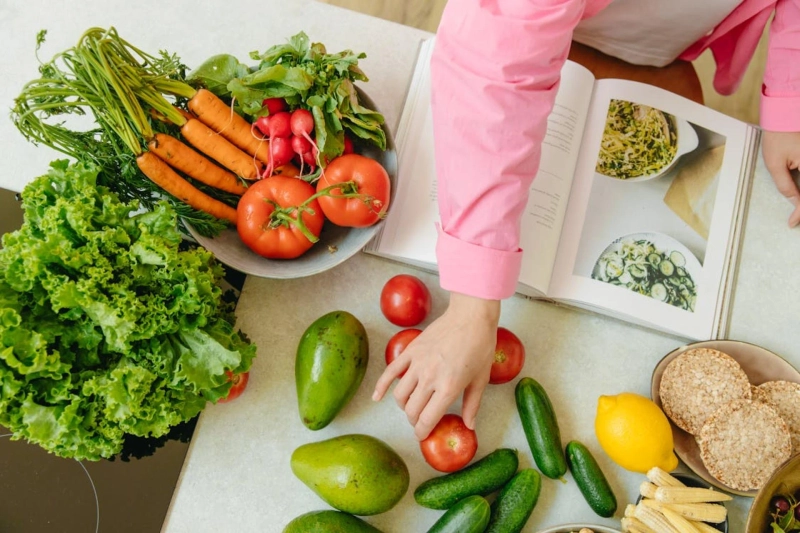Recipe books are not only a collection of culinary instructions but also a reflection of personal tastes, cultural heritage, and cherished memories. Whether you're an aspiring chef, a seasoned cook, or someone who simply loves to experiment in the kitchen, creating your own recipe book can be a rewarding and enjoyable endeavor. In this guide, we'll walk you through the process of making a recipe book from start to finish, covering everything from recipe selection to design and binding.
Choose Your Recipes
The first step in creating a recipe book is to decide which recipes you want to include. Consider your audience and their preferences. Are you making this book for yourself, your family, or as a gift for someone else? Think about the types of dishes you enjoy cooking and eating, and select a variety of recipes that showcase your culinary style. Include a mix of appetizers, main courses, side dishes, desserts, and beverages to provide a well-rounded collection.
Organize Your Recipes
Once you've chosen your recipes, it's time to organize them in a logical manner. You can arrange them by meal type (e.g., breakfast, lunch, dinner), by cuisine (e.g., Italian, Mexican, Asian), or by seasonality (e.g., summer grilling recipes, holiday baking). Consider including an index or table of contents to make it easy for readers to find specific recipes.
Gather Ingredients and Instructions
Compile a list of ingredients and step-by-step instructions for each recipe. Be sure to include accurate measurements and clear directions to ensure successful results. If you have any tips or variations for each recipe, such as ingredient substitutions or cooking techniques, include them as well.
Write Descriptive Headnotes
Headnotes are brief introductions to each recipe that provide context, personal anecdotes, or serving suggestions. Use headnotes to share the inspiration behind the recipe, any special memories associated with it, or tips for making it successfully. Writing descriptive headnotes can add a personal touch to your recipe book and engage readers on a deeper level.
Choose a Format and Design
Next, consider the format and design of your recipe book. Will it be a digital ebook, a printed spiral-bound book, or a professionally published hardcover book? Choose a format that suits your budget, printing capabilities, and aesthetic preferences. When designing your recipe book, pay attention to layout, typography, and imagery to create a visually appealing and user-friendly experience.
Add Visual Elements
Enhance your recipe book with visual elements such as photographs, illustrations, and decorative accents. High-quality images of finished dishes can entice readers and help them visualize the final result. If you're not a skilled photographer, consider hiring a professional or using stock photos. You can also incorporate illustrations or decorative borders to add visual interest to your recipe pages.
Proofread and Edit
Before finalizing your recipe book, be sure to proofread and edit the content for accuracy, clarity, and consistency. Check for spelling and grammar errors, and ensure that all measurements and instructions are correct. It's also a good idea to have someone else review your work to catch any mistakes you may have missed.
Print and Bind Your Recipe Book
Once you're satisfied with the content and design of your recipe book, it's time to bring it to life. If you're printing a digital book, you can use a professional printing service or print it at home using a high-quality printer. For a printed book, consider options such as spiral binding, saddle stitching, or hardcover binding. Choose a binding method that suits your budget and aesthetic preferences.
Share and Enjoy
Congratulations, you've created your own recipe book! Now it's time to share it with others and enjoy the fruits of your labor. Consider giving copies of your recipe book as gifts to friends and family, or selling them online or at local markets. Whether you're cooking for yourself or sharing your recipes with others, your recipe book is sure to be a cherished keepsake for years to come.
Conclusion
Making a recipe book is a creative and rewarding process that allows you to showcase your culinary talents and share your favorite recipes with others. By following the steps outlined in this guide, you can create a beautiful and functional recipe book that will be enjoyed by friends, family, and food enthusiasts alike. So gather your recipes, get creative with your design, and start cooking up something special!


